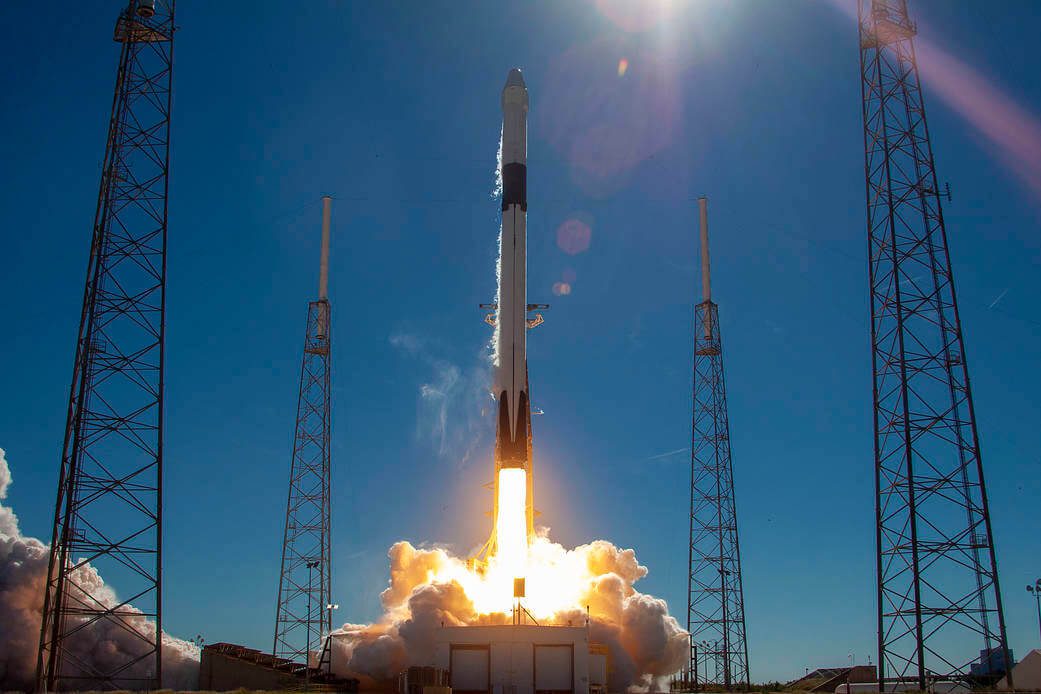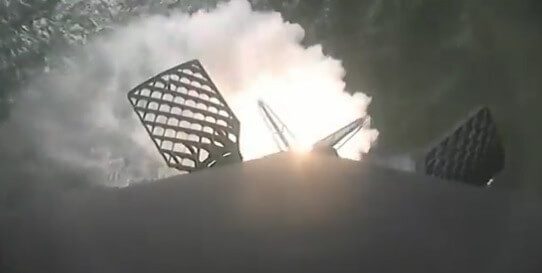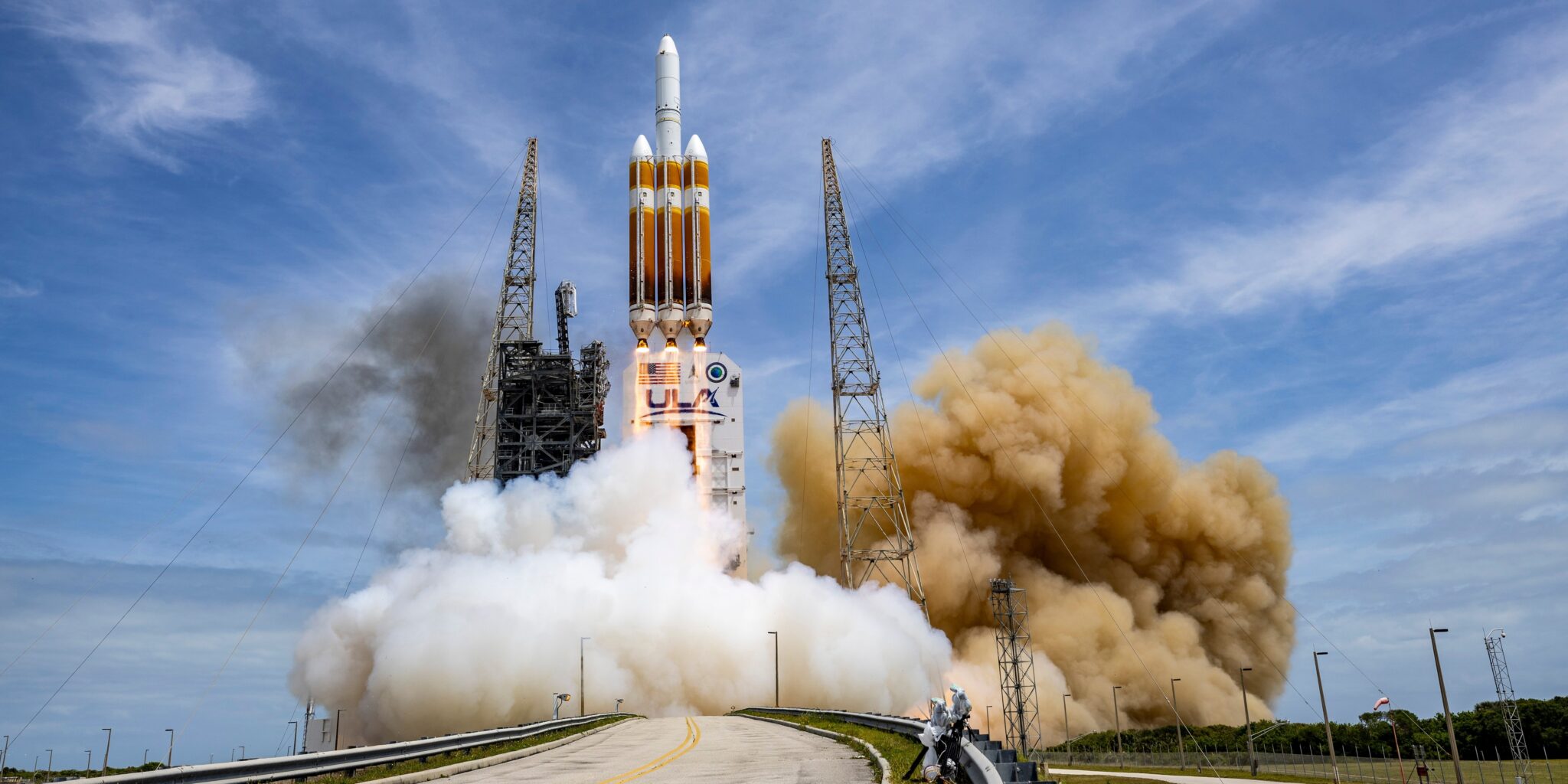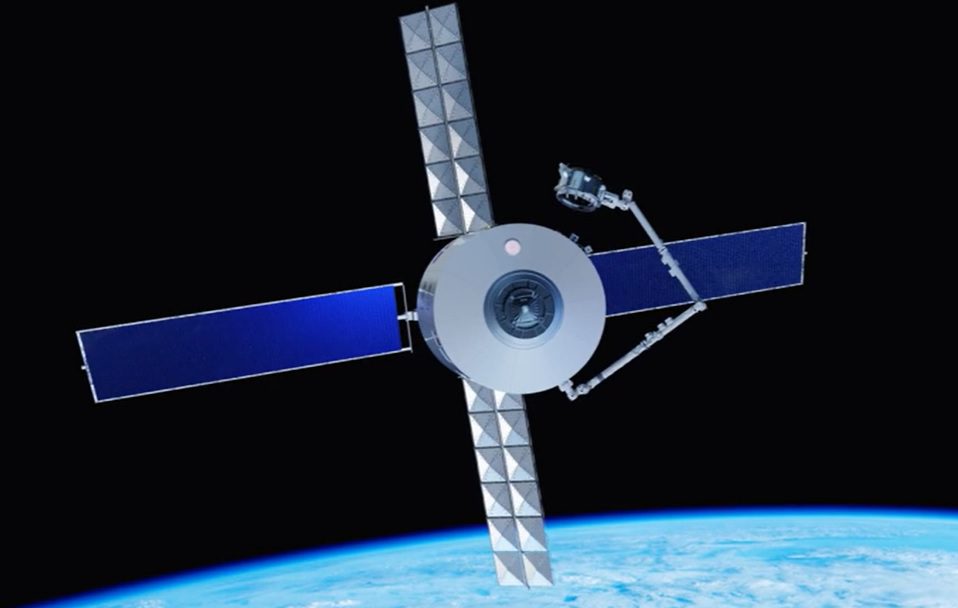While its reusable operations have, for the most part, gone well to date, every now and again SpaceX suffers a landing failure which makes the clockwork operation wobble. Having got to three uses with a single stage on the multiple satellite Vandenberg launch for Spaceflight Services Inc, SpaceX suffered a landing failure of its reusable first stage on its first flight during the Cape Canaveral launch of Dragon CRS-16. The “Mission” part of the flight went well with the launch occurring at 1816 GMT on 5 December 2018.
The Dragon CRS-16 cargo craft was carrying mission cargo and provisions for the crew on the International Space Station, including a few little luxuries such as turkey and fruitcake with which to celebrate Christmas. In the 2,573 kg cargo was also ISS mission equipment and experiments including: GEDI (Global Ecosystem Dynamics Investigation), RRM3 (Robotic Refueling Mission-3) and SlingShot (Northrop Grumman multi-CubeSat deployer). The spacecraft also carried five cubesat class missions to be deployed from ISS: Delphini 1, Techedsat 8, Unite and two Catsat cubesats.
Update on 10 December 2018: Dragon CRS-16 met up with ISS and was grappled by its robot arm at 1221 GMT on 8 December 2018. The Dragon CRS-16 spacecraft (with its satellite payloads inside) was later berthed at the Harmony Nadir port at 1536 GMT.
However, the attempt by the newly built first stage B1050to achieve landfall at Landing Zone 1 on the Florida Coast, a few miles away from the Cape Canaveral launch site, failed. Elon Musk, SpaceX founder and chief designer, attributed the failure to the stalling of a hydraulic pump for the titanium landing grid fins. The result was that the stage began spinning as it fell back to Earth. Musk drew solace from the fact that the engine control system managed to stabilise the craft right at the end of its flight to make a near perfect landing into the Atlantic Ocean, falling onto its side and remaining intact. Nevertheless, with salt water in its engines, the B1050 stage is unlikely to be used again.
There have long been fears that an out-of-control returning craft might land on a built-up area. SpaceX Vice President Hans Koenigsmann made the important point that the system autodetected an error and then deliberately aimed to land on the Atlantic Ocean. The launch vehicle’s fairing was recovered from the ocean after the Mister Stephen recovery ship failed to catch it. SpaceX intends to wash it down and use it again despite its ocean dip.
Comment by David Todd: Despite the stage landing anomaly, Seradata’s SpaceTrak database regards this mission as a total success as the payload was delivered to the correct orbit.

Falcon 9v1.2 Block 5 launched a Dragon CRS-16 cargo craft – but its reusable first stage failed to land on land. Courtesy: SpaceX via NASA

Steam comes up from the sea as Falcon 9 first stage (B1050) engines regain control before landing. Courtesy: SpaceX








